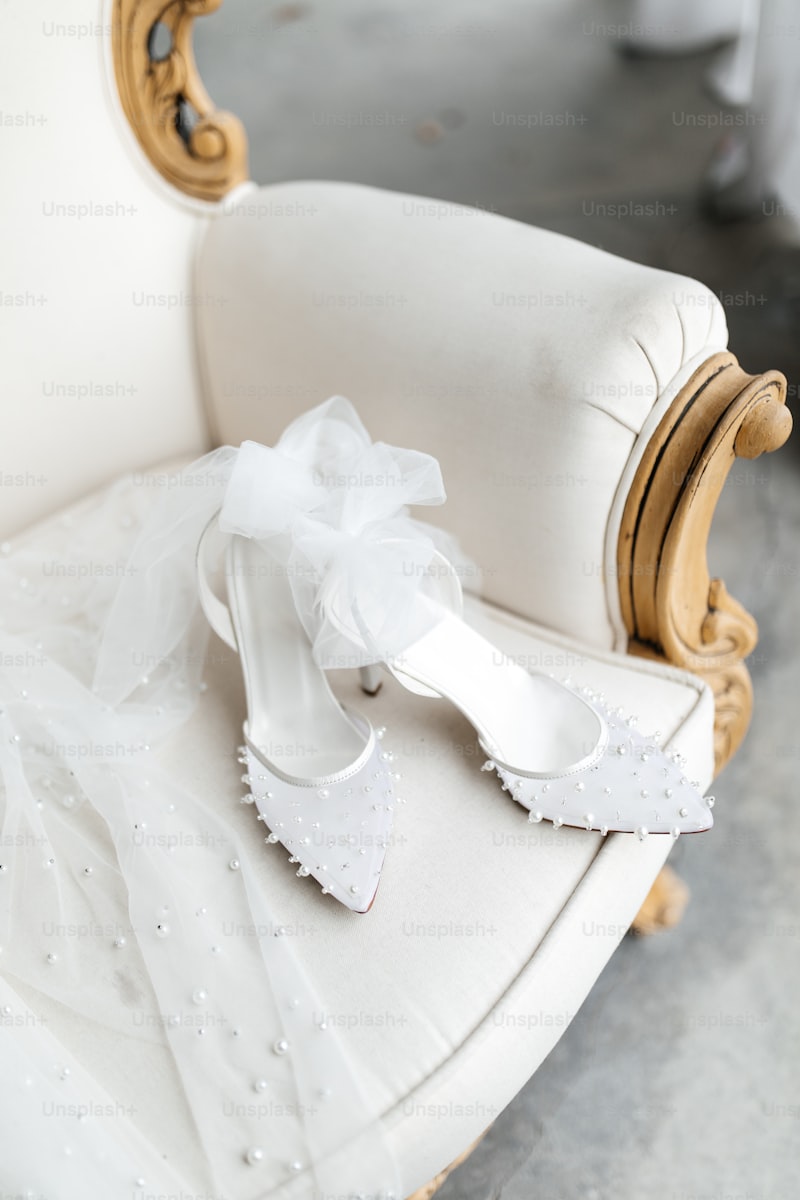The Art of Steaming vs. Ironing Wedding Dresses: Which Method is Best?
Introduction
When it comes to preparing a wedding dress for the big day, ensuring it looks flawless is paramount. A bride wants to glide down the aisle in a dress that is as pristine and radiant as she feels. Two common methods used to achieve this perfect look are steaming and ironing. Each technique has its own merits and drawbacks, leading to a debate: which method is best for wedding dresses? In this article, we will explore the art of steaming vs. ironing wedding dresses to help brides make informed choices.
Understanding the Materials
Before we dive into the techniques, it's essential to understand that wedding dresses are made from various fabrics, including satin, chiffon, lace, and tulle. Each fabric responds differently to heat and humidity, making it crucial to choose the right method based on the dress's material. For instance, delicate fabrics like lace may be prone to scorching if ironed directly, while sturdy fabrics like satin can typically withstand a bit more heat.
What is Steaming?
Steaming is a gentle way to remove wrinkles and refresh fabrics. This method involves using steam from a handheld or standing steamer to loosen the fibers of the dress, allowing wrinkles to fall out naturally. It's a favored choice among professionals for wedding dresses because:
- Gentleness: Steaming is less abrasive than ironing and is less likely to damage delicate fabrics.
- Quickness: A steamer can quickly remove wrinkles without the need for extensive set-up, making it efficient for last-minute touch-ups.
- Moisture Benefit: The steam not only smooths wrinkles but also helps to refresh the fabric, making it look vibrant.
What is Ironing?
Ironing, on the other hand, involves using a heated iron to press the fabric flat. This method can be more effective for heavier fabrics that hold creases tightly. While ironing can produce sharp, crisp edges, it also comes with some risks:
- Heat Damage: Direct contact with a hot iron can scorch or burn delicate fabrics.
- Shiny Marks: Ironing can cause unwanted shiny spots on satin or silk fabrics if not done carefully.
- Complexity: Using an iron often requires a process with multiple steps such as setting up an ironing board and using pressing cloths.
Comparing the Advantages
| Feature | Steaming | Ironing |
| Fabric Compatible | Delicate Fabrics | Heavier Fabrics |
| Time Efficiency | Faster | Slower |
| Risk of Damage | Lower | Higher |
| Need for Equipment | Handheld Steamer | Ironing Board & Iron |
When to Use Each Method
Ultimately, the choice between steaming and ironing a wedding dress can depend on several factors:
- Type of Fabric: For fabrics like chiffon and lace, steaming is typically preferable, while satin and heavier silks might benefit from a careful ironing session.
- Dress Design: Dresses with intricate designs or embellishments should often be steamed to avoid dislodging embellishments.
- Urgency: If time is short, a steamer can quickly de-wrinkle a dress when minutes count.
How to Properly Steam a Wedding Dress
If you've decided to use a steamer, follow these steps to ensure a successful outcome:
- Fill the steamer tank with water and let it heat up.
- Hang the dress on a sturdy hanger to allow gravity to assist in the process.
- Lightly tug the fabric while steaming to help release wrinkles. Focus on areas that typically crease like the bodice and hem.
- Maintain a distance of about 6 inches between the steamer nozzle and the fabric to avoid saturating it with water.
- Once finished, allow the dress to hang for a few minutes to dry and set the fabric.
How to Properly Iron a Wedding Dress
If you opt to iron your wedding dress, take these precautions:
- Set the iron to a low heat setting suitable for the dress fabric (consult the care label).
- Place a clean pressing cloth over the dress to prevent direct contact with the iron.
- Iron the dress while it lies flat on an ironing board, focusing on small sections at a time.
- Be mindful of buttons, beads, and other embellishments that may be damaged by heat.
- Always allow the dress to cool before handling to set the pressed areas.
Final Thoughts and Recommendations
Both steaming and ironing can effectively prepare your wedding dress for the big day, but the best method often depends on the fabric and design of the gown. For most wedding dresses, steaming emerges as the safest and quickest option, especially for delicate materials. However, if you choose to use an iron, take great care to avoid damaging your precious gown. In light of this information, we recommend that brides consider steaming as their primary method but be prepared to iron in specific situations and for specific fabrics.
In summary, always prioritize the health of your fabric and consult professionals if in doubt. Whichever method you choose, the goal is to ensure that your wedding dress shines and matches the beauty of your celebration.
